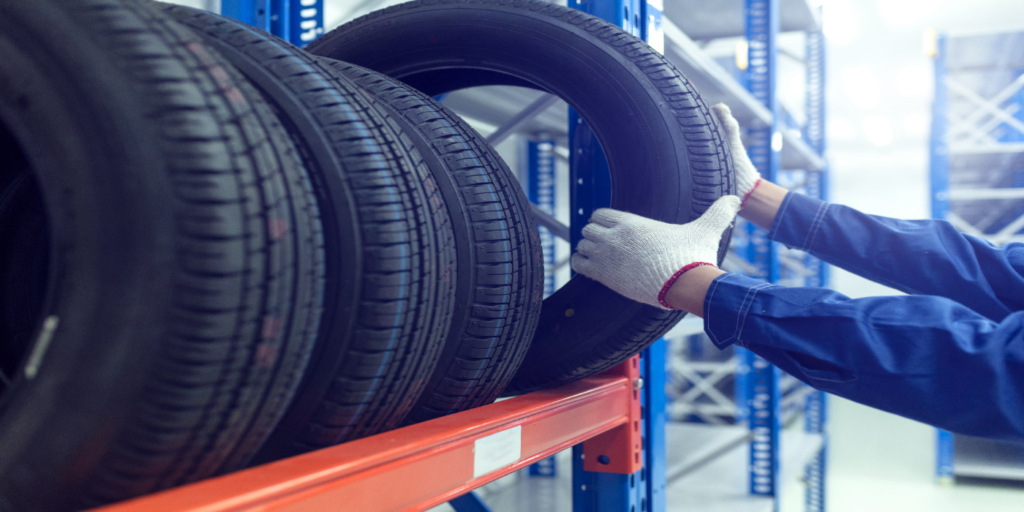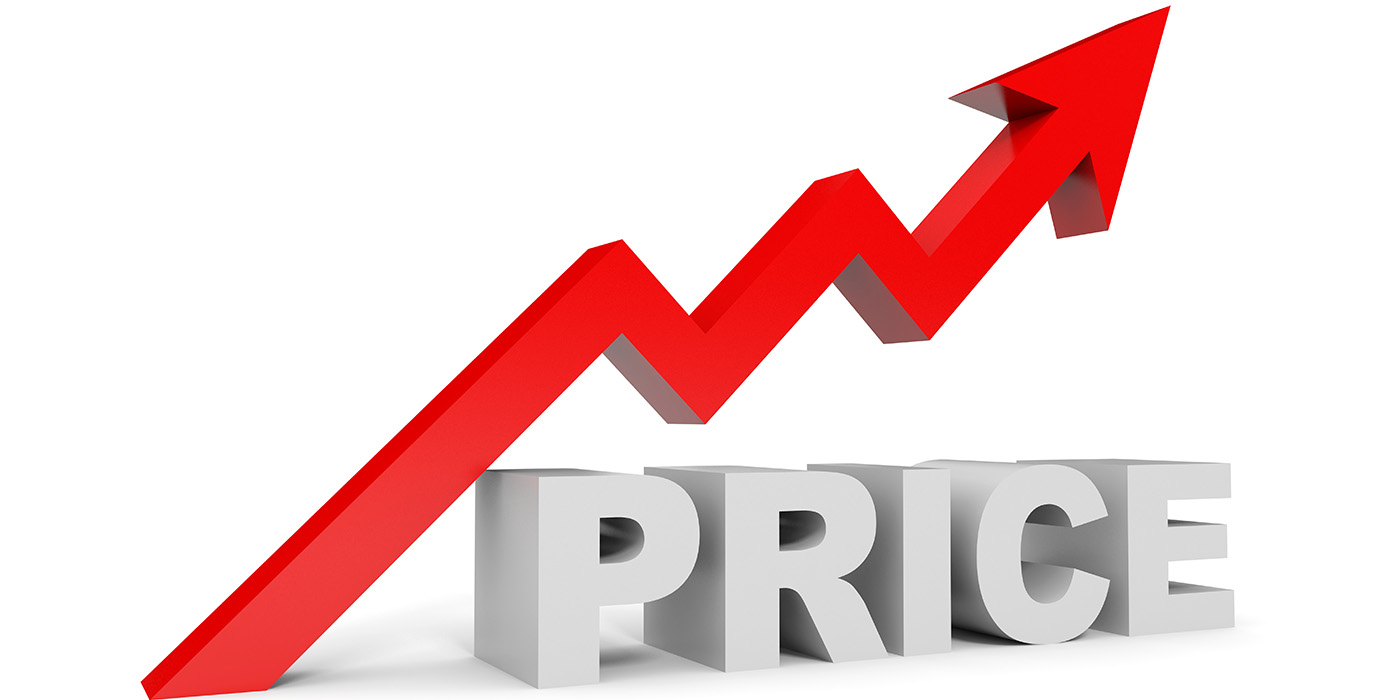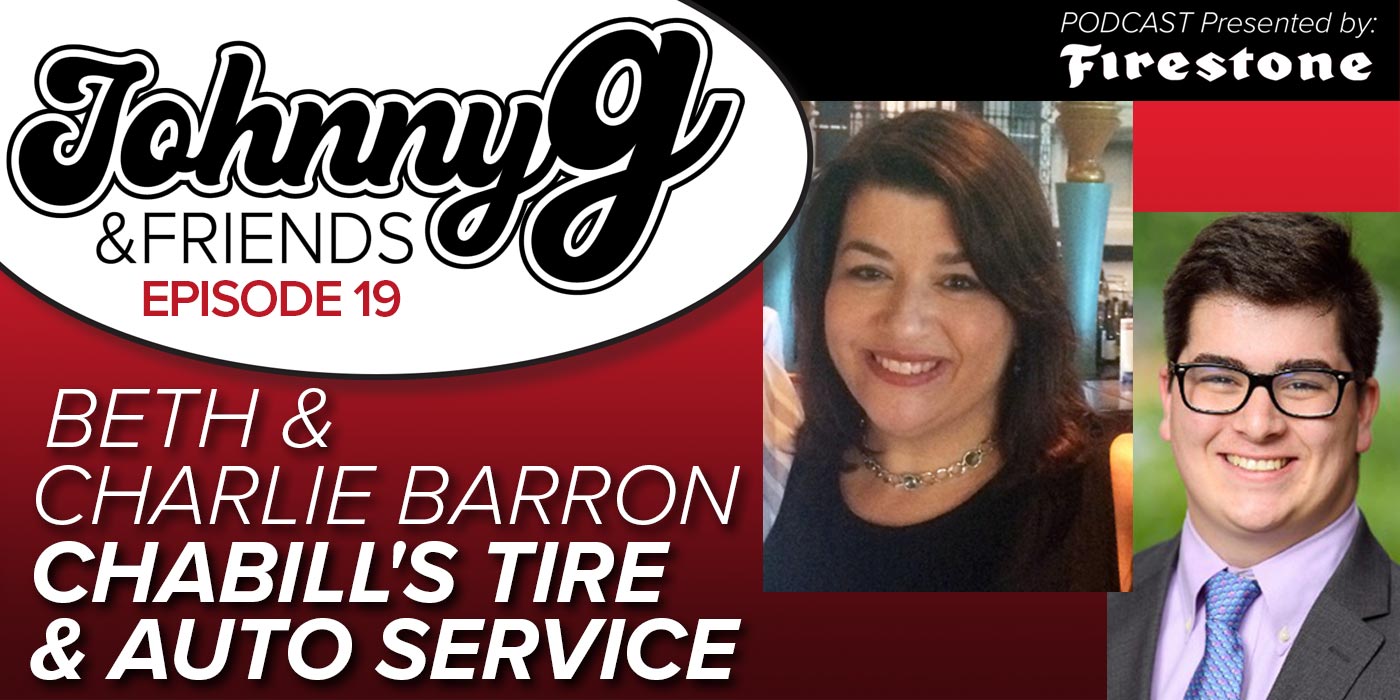At the end of March, the U.S. government reported that the national average price of gasoline had reached $4.23 per gallon, which is an increase of $1.38 or 48% per gallon compared to one year ago. The situation for on-highway diesel fuel is worse, having increased a jaw-dropping 64% in the last 365 days. For those in the business of distributing tires, these increased costs are punishing, and are causing many distributors to rethink everything from tire pricing to service models.
Recently, for some distributors, monthly fuel costs have rivaled rent in certain locations. That’s how significant the year-on-year increases in gasoline and diesel prices have been. But distributors are facing rising costs in all categories. People, warehouse racking, vehicles and equipment are all more expensive year on year.
Tire prices are also up sharply compared to a year ago as all tire manufacturers have implemented and continue to announce price increases on their products to reflect the increased costs of raw materials and other inputs. A number of manufacturers including Michelin, Bridgestone, Continental, Yokohama and Hankook have all announced price increases already in 2022. On average, tire prices are up 25% to 30% year over year. However, while tire distributors are mostly successful in passing these increases along to their dealer customers (and dealers down to consumers), these increases do little to nothing to help defray increases in other aspects of their business, like fuel and others mentioned earlier. Accordingly, distributors have had to find new and innovative ways to deal with these rising costs, while some have resorted to tried and true methods. I spoke to a number of these WDs. Following, I summarize what I learned while providing a few thoughts of my own.
Since forever, fuel surcharges have been a favorite of the wholesale distribution community in response to rising gasoline and diesel prices. However, these added fees are being viewed with growing disfavor by a vast majority of independent tire dealers. Given an ultra-competitive environment for tire wholesale, it’s not uncommon to find three to five WD browser tabs open on a service advisor or shop manager’s workstation in any dealer anywhere in the country at any time. Most WDs don’t want to be the first to do anything that will push a customer to a competitor. As a result, most WDs, so far, loathe implementing surcharges in response to these sky-rocketing increases in the cost of fuel.
As a case in point, Ricky Benton II at Black’s Tire in Whiteville, NC, shared with me that, “There is a huge need right now to add fuel and delivery surcharges to be sustainable with current cost structure. Currently, Black’s Tire and BTS Tire & Wheel Distributors have not implemented a surcharge, but the need is definitely there.” Ricky’s sentiments matched that of most WDs that I spoke with who are reluctant to make any significant changes to their delivery policies or programs lest they create a competitive disadvantage. I think these distributors are thinking about things the right way. Not only do surcharges by and large annoy customers, but they do nothing to expand the retail price for a tire. So, the incidence of them simply moves money from one pocket of the value chain to another; WDs win at the expense of dealers. This sort of burden-shifting is not sustainable. So, what are or should WDs be doing instead?
Orlando Delgado and the team at Tire Group International, a large Florida-based distributor, made an early move to install fuel tanks on their property which their drivers use to fill their own delivery vehicles. According to Delgado, TGI has not only seen savings in the acquisition cost of fuel (vs. retail) but their drivers are saving time by no longer waiting in line at service stations. “We’ve found that this strategy is even more cost-effective than having fuel trucks that come to your facility off-hours to fuel your trucks,” said Delgado. Many other distributors I spoke to are also trimming back unnecessary and unprofitable service while also doing whatever they can to cut whatever fat they can find in their own enterprise. Ricky Benton II told me, “The BTS Team is working on efficiencies and best practices for freight consolidation and route optimization.” In the process, Black’s has pared back service that was not generating sufficient returns while combining other routes for greater efficiency. Additionally, they are offering attractive discounts for will-call to reduce route lengths. Many WDs are similarly combining loads and otherwise looking for opportunities to serve the same number of customers with fewer vehicles and/or by driving fewer miles.
More than a few have made or are contemplating investments in route optimization software. At TGI, their ops team incorporates feedback from drivers into their optimization routines, having a further impact on fuel consumption. By finding ways to make their operations more efficient and cost-effective, these businesses are helping to offset the higher cost of fuel knowing that they cannot price for it or otherwise collect for it in the form of a surcharge. Many have been quick in the era of $4 gas to increase delivery/freight minimum order sizes to cut down on the number of deliveries. Some are asking drivers to shut vehicles off at red lights and in stop-and-go traffic. Others are working to reduce inventory carrying costs as an offset to rising fuel bills. Still others are investigating more fuel-efficient vehicles, even evaluating trade-offs between size and fuel efficiency. But one thing few are talking about is electric.
With unanimity, the WDs I spoke with do not see electric as a realistic option for their business. The current lack of range offered by these trucks coupled by the relatively non-existent charging infrastructure in the marketplace couple to disqualify electric as a viable consideration. “The projected single charge mileage for the first generation of electric ‘last-mile delivery trucks’ is just over 100 miles. Our local delivery vehicles average nearly 200 miles per day and our long-distance trucks more than 400 miles per day,” said Tom Geiger, Jr., chief at Capital Tire, a 103-year-old distributor based in Toledo, Ohio. But for Capital Tire, solving the fuel dilemma isn’t about electric trucks or “doing anything fancy,” as Tom put it. What it is about is listening to his people and to his customers.
The best among these distributors, like Black’s, Capital, and TGI, are asking those who are closest to the customer and closest to the work for ideas. If the people working on problems in your business are those furthest from them, you are missing out on the best ideas to solve them. No one will know more about how to fix what’s wrong in your business than the people who actually do the work and who touch your customers every day. So, to solve a problem like the high cost of fuel, just ask them.
As of this writing, fuel is still increasing. From my perspective, it matters little where the blame for these increases should be placed; that’s mostly self-evident. But it doesn’t matter much to a business owner struggling to achieve profitability in one of the harshest climates for doing so in 40 years. Instead, it’s critical for manufacturers, distributors, and dealers to seek every opportunity to expand the total collectible value for every tire, ensuring that profitability for each step in the distribution chain is maximized. That happens when every party involved delivers products and services that others want and are willing to pay a premium to get. For distributors, that means better fill rates, more, faster deliveries, and friendlier, more informed people. Cutting any of these things in reaction to higher fuel costs will only mean more business for your competitors. So, in the end, the best way to deal with rising fuel costs is simply to be better than everyone else. Easy to say. Harder to do.














